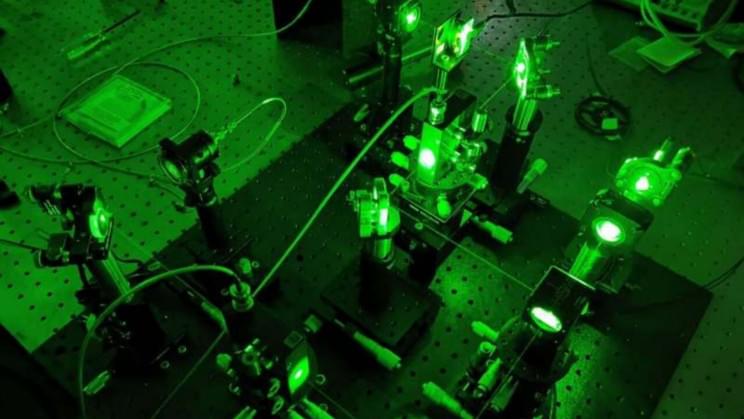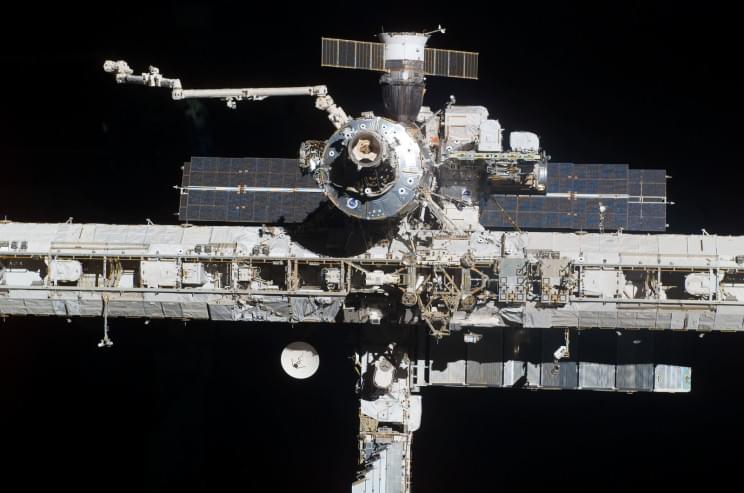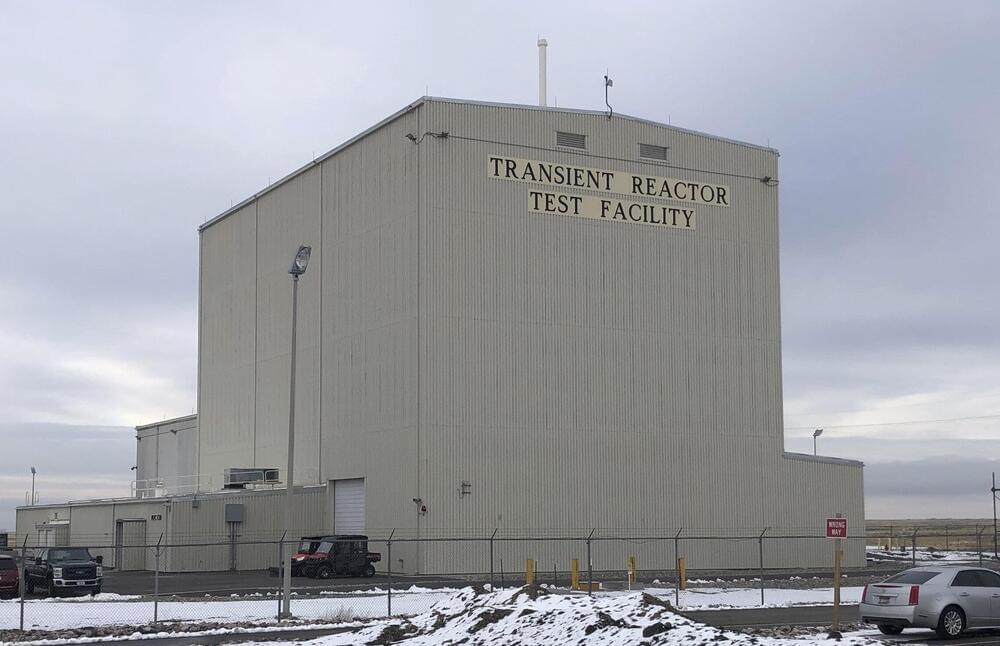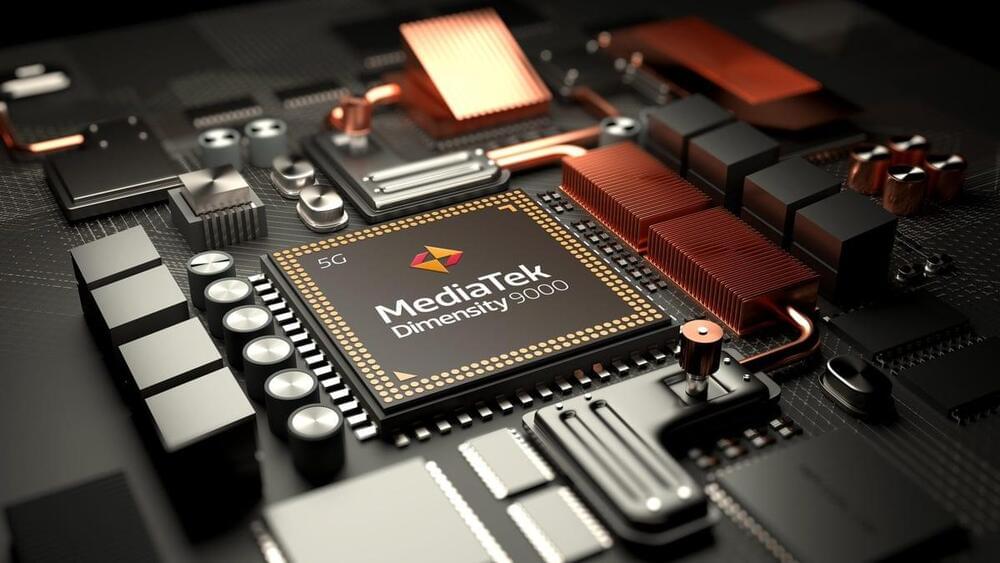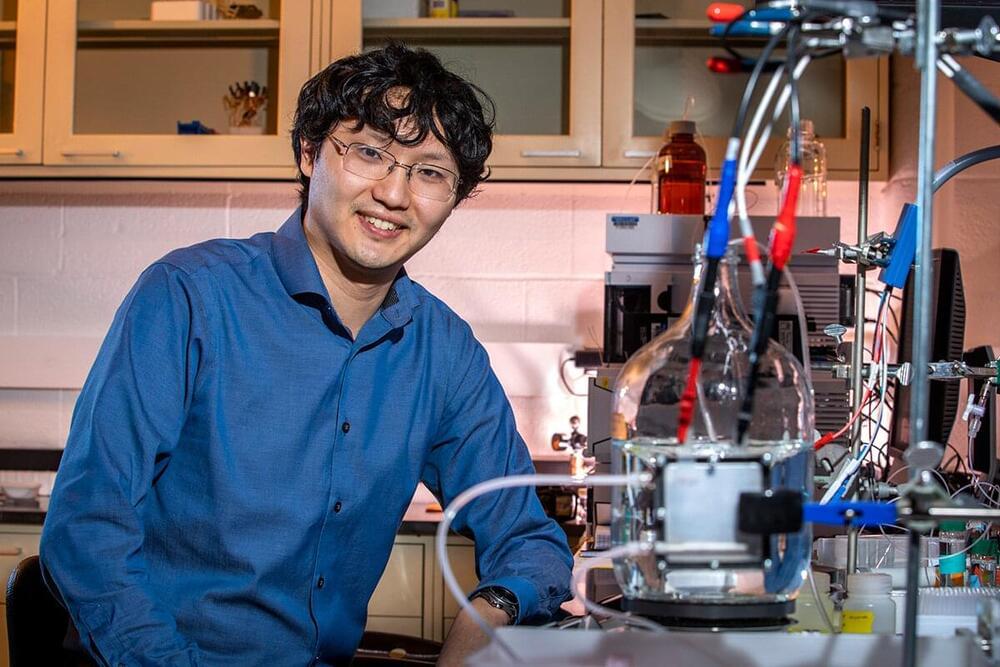Nov 20, 2021
Can Time Be Hacked? Here’s How One Hacker Demonstrated It Can
Posted by Gemechu Taye in category: cybercrime/malcode
Cher sang about manipulating it while Doctor Who dramatized it. This hacker went one better and did it. Here’s how time got hacked.
During a 1961 address to the National Association of Manufacturers in New York City, John F. Kennedy said that “we must use time as a tool, not as a couch.” Fast forward fifty years, and one hacker has demonstrated exactly how to do that: by hacking time.
What is time anyway? What is time? That’s not an easy question to answer definitively.
Continue reading “Can Time Be Hacked? Here’s How One Hacker Demonstrated It Can” »

